One of the top sightseeing destinations in Gifu Prefecture, Shirakawa-go is famously known for its traditional houses with steep, thatched roofs surrounded by lush nature. There are actually three villages that still have this traditional architecture, but Ogimachi Village has the most, while Ainokura and Suganuma villages are smaller and have fewer of these structures.
The fairytale-like villages are located at the foot of Mount Hakusan—one of Japan’s Three Holy Mountains, along with Mount Fuji and Mount Tateyama. Breathtaking, serene, and charming, this UNESCO World Heritage Site is definitely worth making a trip to!
Although it’s a beautiful destination all year round, Shirakawa-go’s winter landscape is especially enchanting. A blanket of snow covers the entire area, and the locals ring in the season with an annual Shirakawa-go Light Up event that makes the village look like it came straight out of a storybook!
Shirakawago Winter Light-Up 2025
The dates for the 39th Shirakawago Light Up event have just been announced! You'll want to book your slots as soon as they're open cause they run out quickly!
To avoid overcrowding in the village, only visitors with reservations are allowed in. Here are some of the tours you can expect:
🗓️ Shirakawa-go Light Up Event Dates for 2025:
- 13, 19, 26 January 2025, 5:30pm to 7:30pm
- 2 February 2025, 5:30pm to 7:30pm
Keep reading to find out how you can get there, where to stay, what to eat, and more!
Why you should visit Shirakawa-go
At Ogimachi, you can explore inside the traditional gassho-zukuri-style houses. ‘Gassho-zukuri’ means “constructed like hands in prayer,” which comes from the thatched roofs that resemble hands pressed together in prayer. The design allows the houses to bear heavy snow during the Shirakawa-go winter, and create large attic spaces used for cultivating silkworms, which was the village’s main industry. These houses are considered masterpieces because they were built without nails and have stood since the 1800s, even withstanding earthquakes!
Some houses have been converted into museums for tourists to get a glimpse of the traditional way of living. But for an even more immersive experience, other gassho-zukuri houses have also been turned into guest houses. You could also find small shops where you can purchase local souvenirs, and try out local snacks and delicacies. Take note, though, that some residents still live in the village, so it’s important to be respectful when you visit.
Klook Tip: Walking around the village is free, but some houses, museums, and other attractions may require separate admission fees.
Shirakawa-go is surrounded by wonderful scenery that changes depending on the seasons. It’s covered in pure white snow in winter, but come springtime, it’s a pastel dream of cherry blossoms. Then, sunny days of the summer season in Shirakawa-go are complemented by the surrounding lush landscapes. Of course, autumn will see the town covered with fiery brown and red leaves—this is also when they celebrate the Doburoku Festival, where they offer locally-made wine to the gods for a great harvest!
How to get to Shirakawa-go
By train
Shirakawago from Tokyo
If you’re traveling to Shirakawa-go from Tokyo, the Shinkansen is definitely the fastest way of getting there. You can take the Hokuriku Shinkansen from Tokyo to Toyama (expect train lines: Kagayki and Hakutaka), which takes about two hours, and then you can hop aboard the bus heading for Shirakawa-go via the Takayama Toyama Line for another 90-minute journey.
Plan your trip ahead, make sure to check the JR limited trains and buses’ timetables, so you can get there on time.
Visiting Gokayama and the nearby villages? You could take the Hokuriku Shinkansen from Tokyo to Shin-Takaoka Station for about a three-hour ride. Afterward, transfer to the Kaetsuno Bus, which will take you to the villages of Ainokura and Suganuma before heading to Shirakawago. You can easily check out Shinkansen routes and book your tickets on Klook, here’s how:
For a more in-depth look at booking train tickets, check out our guide to buying Shinkansen train tickets online and via ticketing machines.
Shirakawago from Osaka
Those traveling from Osaka can get the JR Takayama-Hokuriku Area Tourist Pass. From Osaka, you can either board the JR Thunderbird limited express train (2.5 hours) or a local JR train (5-7 hours) to Kanazawa—both are covered by the pass. Once you arrive in Kanazawa, hop on the Nohi Bus to head to Shirakawa-go for a 75-minute ride, also covered by the JR Takayama-Hokuriku Area Tourist Pass.
The JR Takayama-Hokuriku Area Tourist Pass lets you travel on JR lines, buses, and the Hokuriku Shinkansen for an unlimited amount of time for five days, you’ll get to visit the attractions of Shirakawa-go, Kanazawa, Nagoya, Osaka, and more to your heart’s content!
Traveling on Japanese trains for the first time can be confusing; luckily, we’ve got a guide for everything you need to know about traveling by train in Japan!
By bus
Getting to Shirakawa-go by bus is the most economical method, but travel time will be longer compared to other methods of transportation. The bus routes will depend on the city you’re originating from, you can check out other available routes that suit your itinerary better. From Toyama or Kanazawa, though, you can directly take the Nohi Bus to Shirakawa-go for a 90-minute trip. But if you want to cover all the must-see attractions, this seven-day Limon Pass from Tokyo to Osaka will be your best option. You can get on and off the bus as you please, so you have full control of your itinerary!
By tours
Don’t want to deal with the fuss of working out the details of transportation? There are several tours you can choose from for an even more hassle-free visit! Many of these tours cover lunch, roundtrip transportation, as well as a professional and friendly tour guide.
👀 Shirakawago Tours you can book NOW!
From Nagoya
From Kanazawa
From Osaka
Where to stay in and around Shirakawa-go
In Nagoya
Nagoya is the most popular and convenient place to stay when visiting Shirakawa-go because of its proximity to the airport. Many tours also depart from Nagoya to Shirakawa-go and the nearby areas, like this two-day trip from Nagoya will take you to Shirakawa-go, Takayama’s Old Town, and Kamikochi.
In Toyama
If you want to stay a bit closer to Shirakawa-go, Toyama has great accommodation options, with large and mid-size Western hotels available for different budgets. Shirakawa-go is also only 90 minutes away from Toyama!
In Kanazawa
Kanazawa is an even closer option to Shirakawa-go as it's only 75 minutes away by Nohi Bus. Similar to Toyama, there are several large Western hotels in the area, most of which are within walking distance of Kanazawa Station! The city also has many attractions you can explore, such as Kenrokuen Garden and Omichi Market, which are also included in some tours.
In Shirakawa-go
For a unique lodging experience, you can opt for one of the guesthouses around the Ogimachi Village. The gassho-zukuri farmhouses are usually run by local families, so you can expect an intimate and authentic experience of living in a traditional Japanese home.
In these traditional homes, you can find tatami mat floors and low tables. During nighttime, the futons are unfolded and laid on the floor for you to sleep on! While keeping with its rustic charm, you can still find modern amenities around the house.
Because this is the most popular option, booking your stay very early in advance through their website is important. In some cases where the demand is exceptionally high, a lottery system may take place.
Must-try in Shirakawa-go
Winter Light-up
Experience the magic of the Shirakawa-go winter with an exclusive illumination event held only a few times a year during the winter season! Almost like a fairy tale come to life, you can witness lights twinkling amongst the alpine glory of thick blankets of snow in the set of the rustic traditional village.
The event only happens a few times a year, so check the schedules and make your reservations beforehand. This is because the event limits a certain number of tourists allowed into the village to control the crowd.
Shirakawa-go Light Up 2025 can get fully booked, so make sure to secure your spot as early as now!
Shirakawago Winter Light-Up 2025
The dates for the 39th Shirakawago Light Up event have just been announced! You'll want to book your slots as soon as they're open cause they run out quickly!
To avoid overcrowding in the village, only visitors with reservations are allowed in. Here are some of the tours you can expect:
🗓️ Shirakawa-go Light Up Event Dates for 2025:
- 13, 19, 26 January 2025, 5:30pm to 7:30pm
- 2 February 2025, 5:30pm to 7:30pm
Ogimachi Village
A popular location in Shirakawa-go, the Ogimachi Village has the largest concentration of charming Gassho-style houses. You can find over 110 of these structures in the Ogimachi Village, some older than 250 years! Immerse yourself into the local culture even more when you spend a night in one of the them, some of which have been converted into short-stay inns.
Since Ogimachi has the highest number of houses, it tends to be more crowded with tourists than Ainokura and Suganuma, but these villages are definitely worth a visit! They’re smaller and offer a more relaxing vibe that you might be into.
Shiroyama Tenshukaku Observation Deck
Enjoy the best views of the village from above when you make your way to the Shiroyama Tenshukaku Observation Deck. It’s around a 10-minute shuttle ride from the village, at the time of writing, a ticket costs 200 Yen. You can also walk to the observation deck, though it’s not recommended during winter in Shirakawa-go as the path can get slippery.
Deai-bashi Bridge
The Deai-Bashi Suspension Bridge not only serves as the main entry point to the village, but it is also a spot where visitors can witness lovely panoramic views of Shirakawa-go, the river, and the surrounding mountains! If you happen to visit during springtime, you’ll be pleasantly surrounded by cherry blossoms. As the season changes, you can also enjoy the views of autumn foliage or snow. Make sure to be careful during winter because the bridge can get slippery.
Shirakawa Hachiman Shrine
Located inside Ogimachi Village, many might overlook the humble Shirakawa Hachiman Shinto Shrine but do keep an eye out for it. While modest in size, it’s well-maintained and quite a treat to explore. Anime fans will be interested to know that this shrine has been featured in an anime before, specifically “Higurashi no Naku Koro”! Besides that, the shrine also plays a crucial part in Shirakawa-go history and has served the local villagers for a long time. Make sure to drop by, say a prayer or two, bask in its serene settings and snap a few photos!
Kanda House
You might chance upon the Kanda House by camouflaging amidst the other Gassho-style houses in the village. Having been converted into a museum, visitors can take a peek into the daily lives of those who resided in these houses hundreds of years ago!
With an entrance fee of 400 yen (as of writing), you can spend your time enjoying an educational visit. Take the time to find comfort in a warm cup of tea served in this traditional house and witness the great view of the village from the highest floor! For more updated information on tickets and schedules, be sure to check their website.
What to eat
While exploring Shirakawa-go, you’ll notice plenty of food stalls dotted across the village. Indulging in a variety of local snacks is a great way to understand the local culture, which adds to the overall experience of Shirakawa-go. The following are some of the must-try local delicacies:
Gohei Dango / Gohei Mochi
A specialty in Shirakawa-go is Gohei Mochi, also known as Gohei Dango. While you mostly associate mochi as a sweet dessert, the gohei dango, in fact, is a savory snack made from pounded rice glazed in miso paste! Make sure you don’t leave without sinking your teeth into one!
Hida Beef
Absolutely indulgent and melts in your mouth, the Hida beef needs no further introduction. Easily one of the best wagyu cuts you can find, it’s no wonder that Hida beef is the region’s prized produce. You can have them served as a steak or made into snacks like beef onigiri (rice balls), beef buns, or croquettes!
Tochi (Japanese horse chestnut) Mochi
A local delicacy that takes days of labor and many stages of processes, Tochi Mochi is a must-try when in the region. Made with Japanese horse chestnuts gathered in the village and the Hida region, preparing the tochi is the trickiest part in order to remove the unpleasant taste.
If this was your first time hearing about it, we hope you’ve added Shirakawa-go to your Japan itinerary! The scenic surroundings, interesting history, and magical Light Up event are just a few things that make Shirakawa-go’s winter a must-experience. You can play in the snow, experience the traditional way of life, and check out the magical views—it’s just as fun and impressive as more popular cities like Tokyo and Kyoto!
Don't forget your Japan travel essentials!
🍣 Japan Essentials🍣
🚅Trains & Airport Transfers
📌Mobile Data & Metro Passes


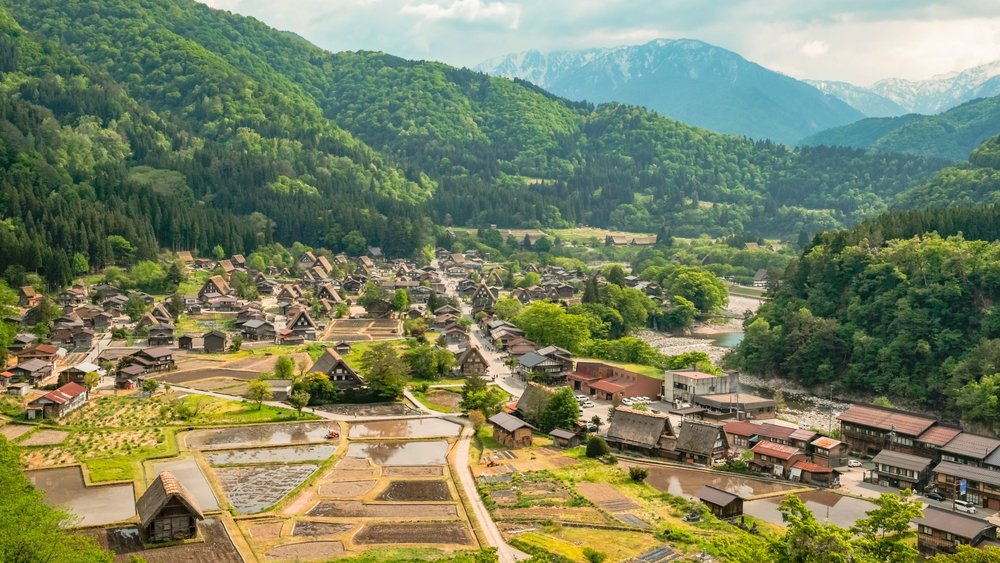

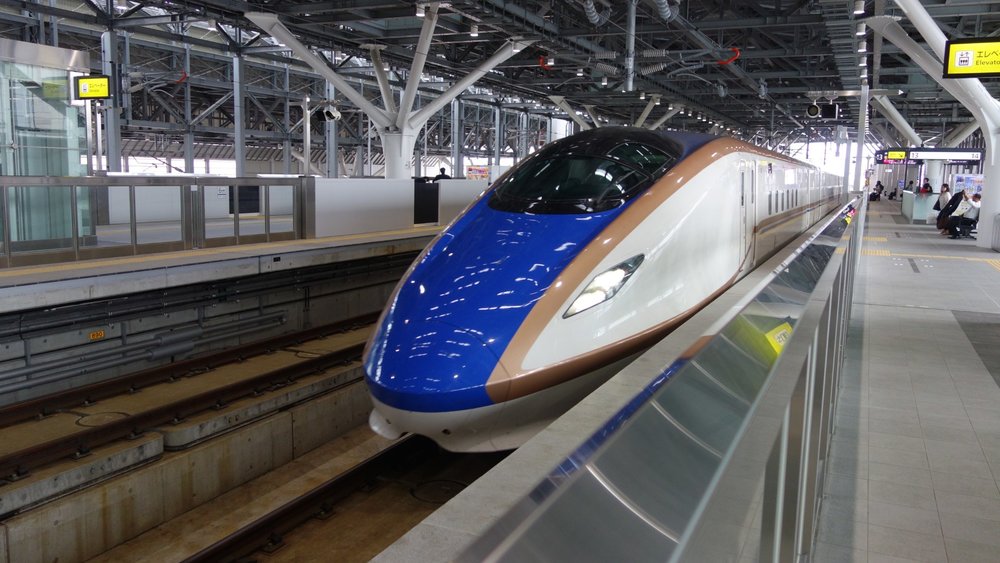


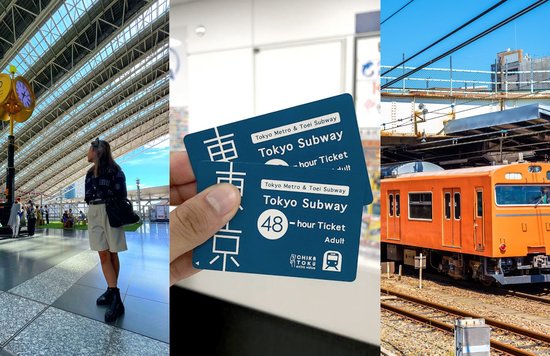
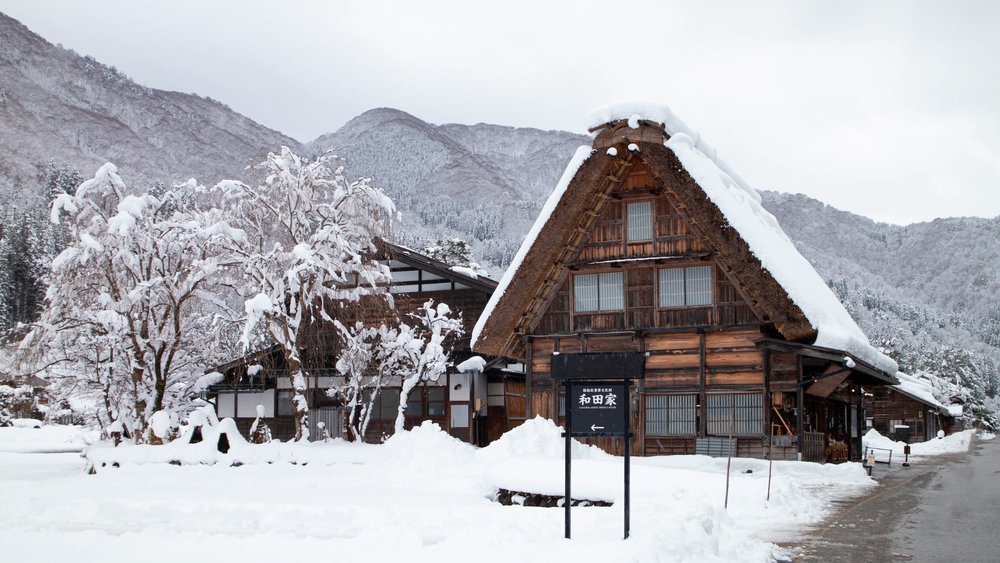

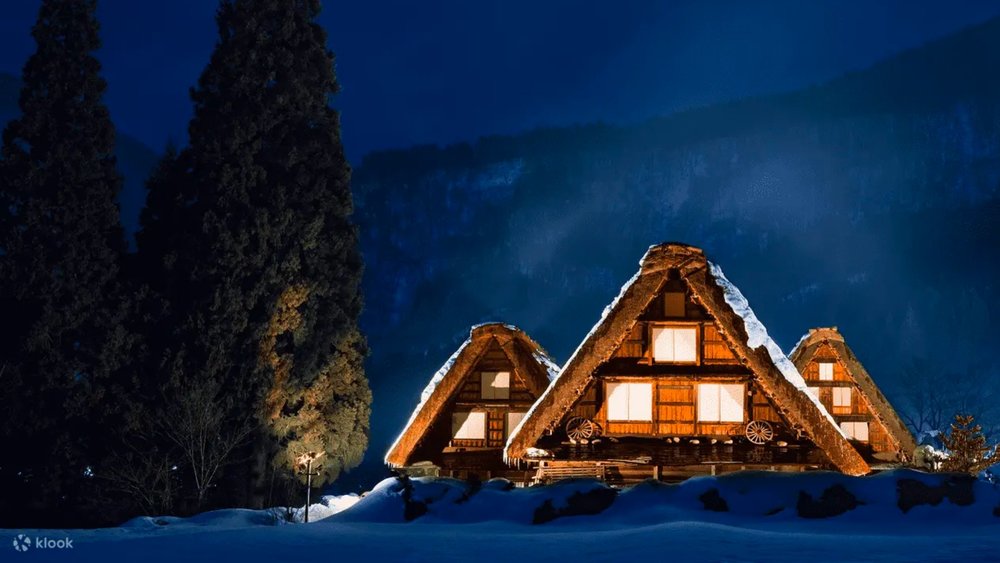

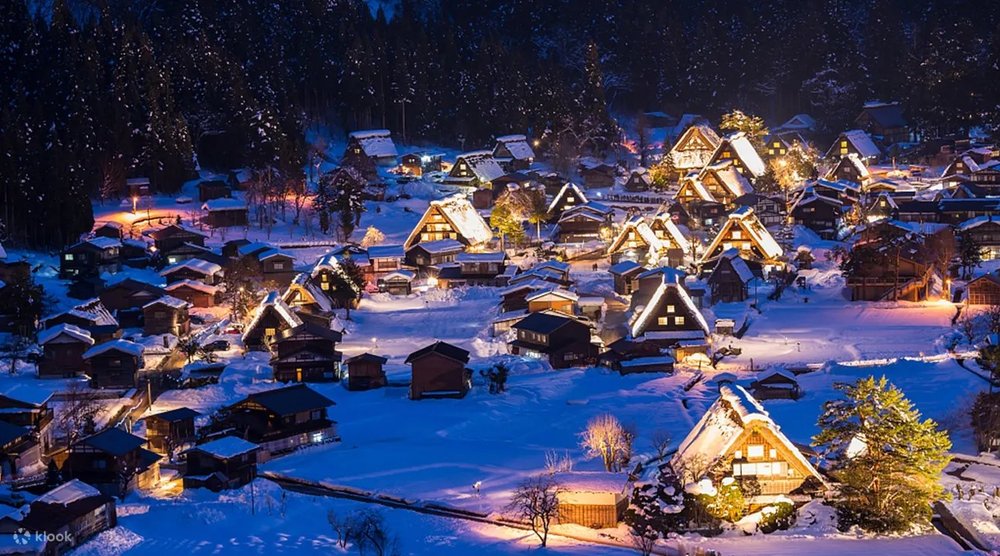
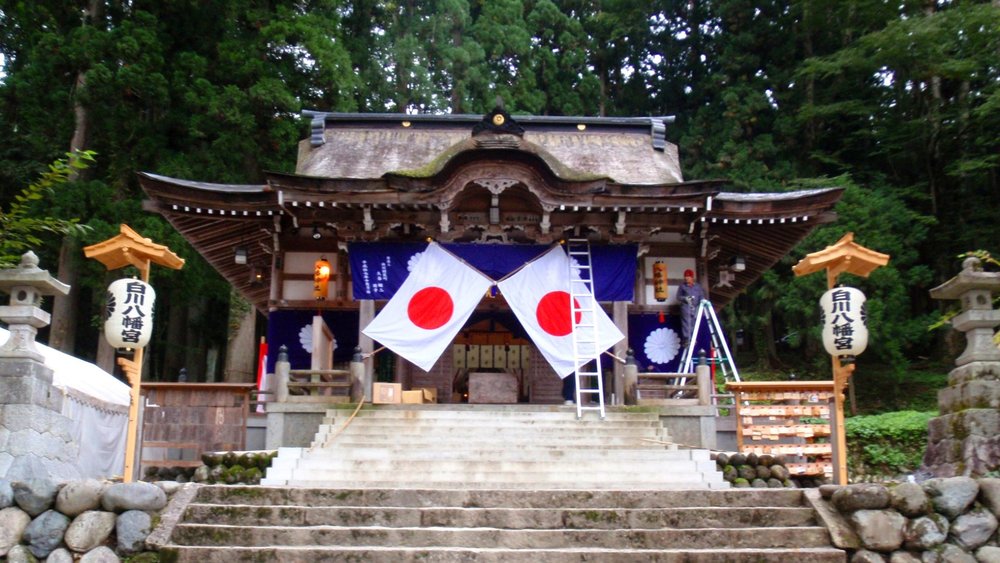
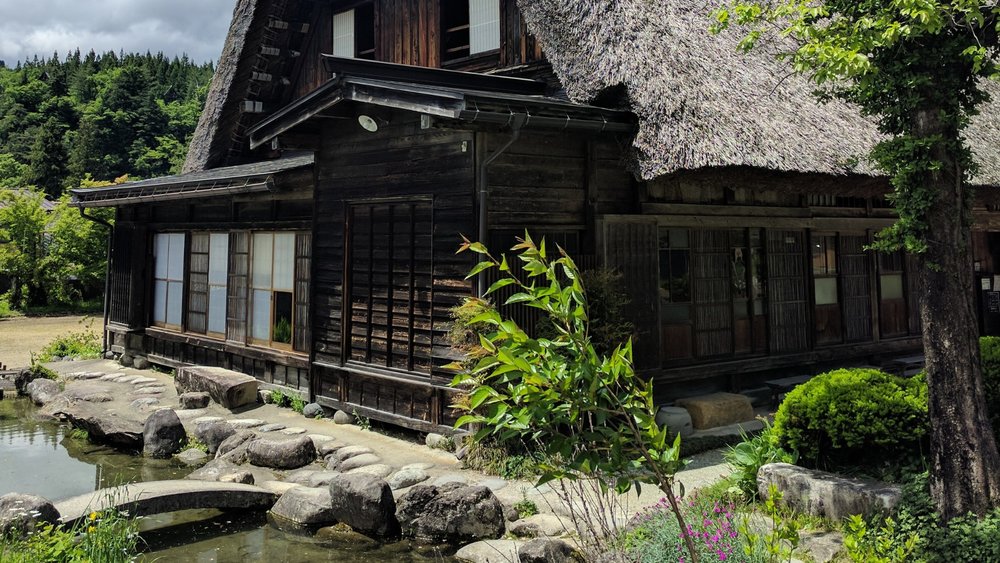

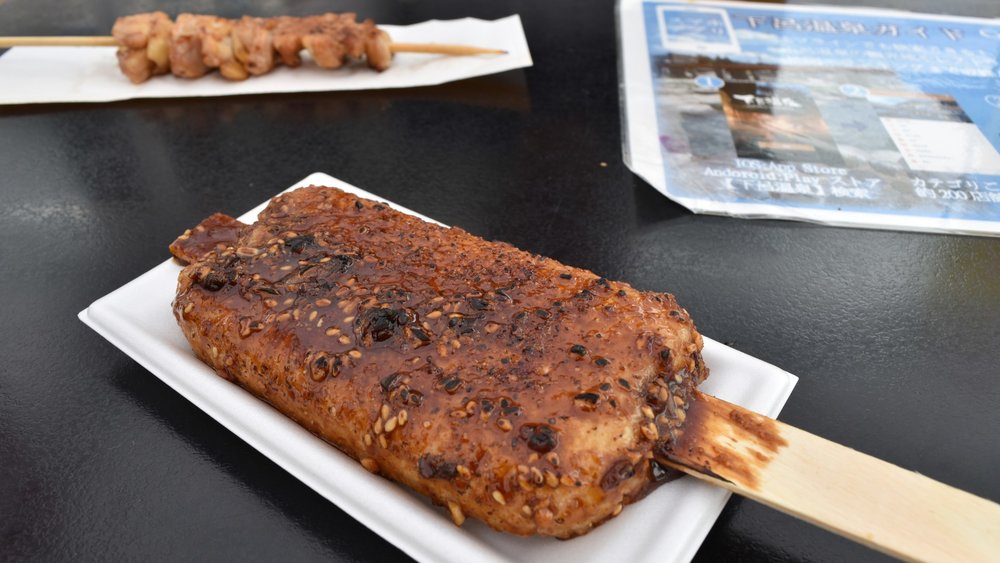
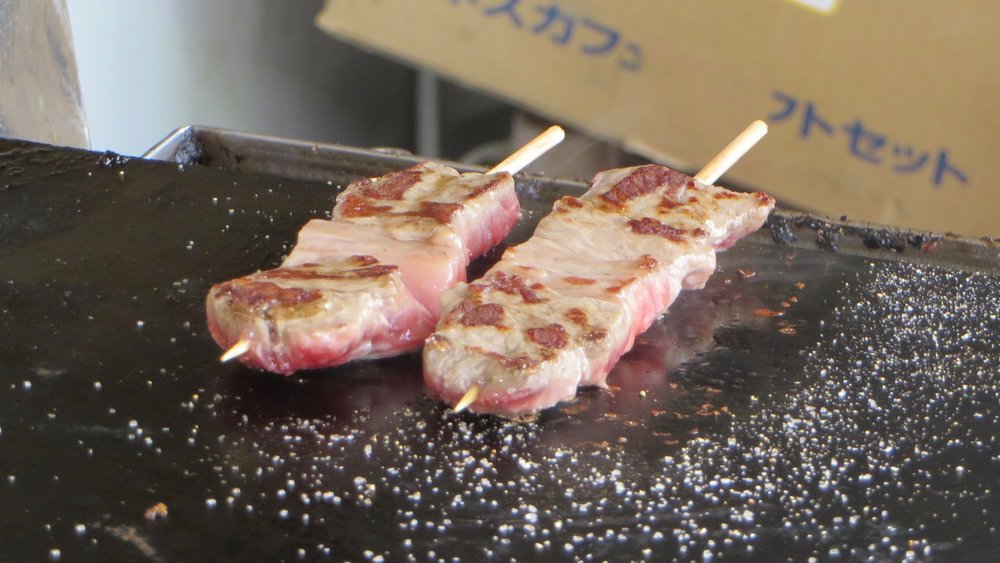



![[Updated] Complete List Of Official Nationwide MCO SOP 2021](https://res.klook.com/image/upload/fl_lossy.progressive,q_85/c_fill,w_160,h_104/v1633858858/blog/iso56uzsphmdguixkvzh.jpg)





![[Updated] Complete List Of Official Nationwide MCO SOP 2021](https://res.klook.com/image/upload/fl_lossy.progressive,q_85/c_fill,w_410,h_264/v1633858858/blog/iso56uzsphmdguixkvzh.jpg)







